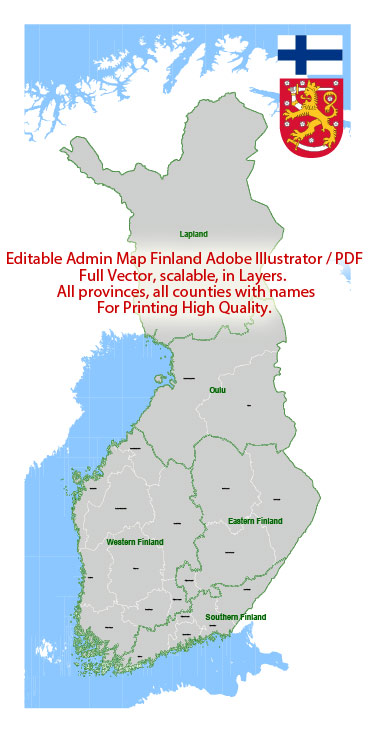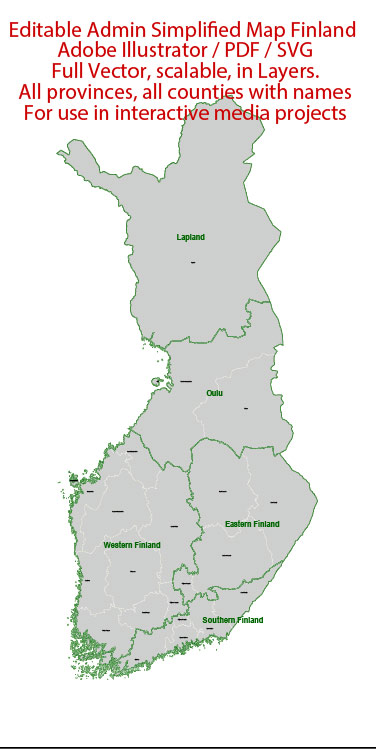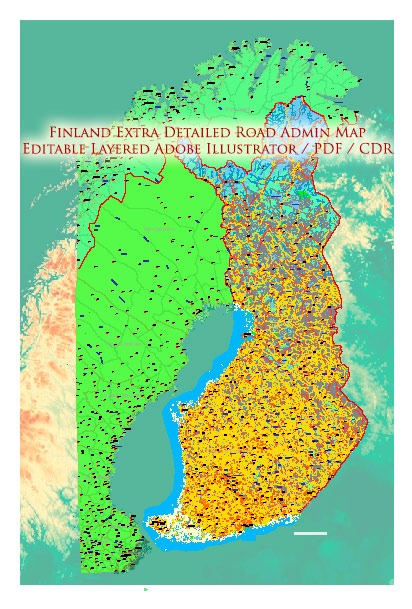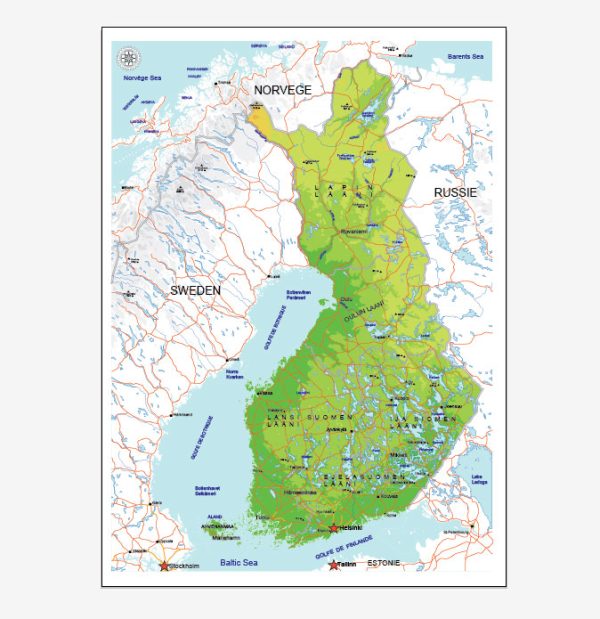Finland has a well-developed and efficient transportation system that includes various modes of transportation, catering to both domestic and international travel. Here’s an overview of Finland’s principal transportation systems:
- Road Transportation:
- Road Network: Finland has an extensive road network, with well-maintained highways and roads. The road system is crucial for both passenger and freight transportation.
- Cars and Buses: Private cars and buses are popular modes of transportation for both short and long distances. The road infrastructure is generally of high quality.
- Rail Transportation:
- Rail Network: Finland has an efficient and well-connected rail network, operated by the state-owned company VR Group. The trains are commonly used for domestic travel between cities and towns.
- High-Speed Rail: Finland has been exploring high-speed rail connections to improve travel times between major cities.
- Air Transportation:
- Airports: Finland has several international and domestic airports, with Helsinki-Vantaa Airport being the largest and busiest. Other significant airports include Oulu, Turku, and Tampere.
- Airlines: Finnair is the national airline and a major carrier for both domestic and international flights. Several other airlines operate in and out of Finnish airports.
- Maritime Transportation:
- Ports: Finland has several major ports, including Helsinki, Turku, and Kotka. These ports play a crucial role in handling cargo and passenger traffic, especially for ferry connections to neighboring countries.
- Ferries: Ferries are a common means of transportation, connecting Finland to Sweden, Estonia, and other nearby countries.
- Public Transportation:
- Public Buses and Trams: Cities like Helsinki have well-developed public transportation systems, including buses and trams. These are convenient for daily commuting within urban areas.
- Metro: Helsinki has a metro system that serves the capital region.
- Cycling and Walking:
- Bicycle Paths: Many cities in Finland have dedicated bicycle paths, promoting cycling as an eco-friendly and healthy mode of transportation.
- Pedestrian Infrastructure: Well-maintained sidewalks and pedestrian-friendly areas make walking a common mode of transportation, especially in city centers.
- Winter Transportation:
- Snowmobiles and Skis: In winter, especially in northern regions, snowmobiles and skis are used for transportation. Ice roads are also sometimes created on frozen lakes to facilitate travel.
Overall, Finland’s transportation system is known for its efficiency, safety, and environmental sustainability. The country continually invests in improving and expanding its infrastructure to meet the needs of its residents and visitors.





 Author: Kirill Shrayber, Ph.D.
Author: Kirill Shrayber, Ph.D.